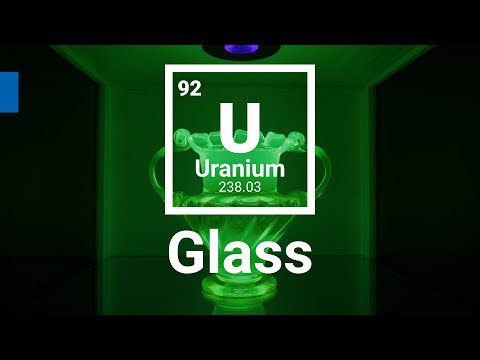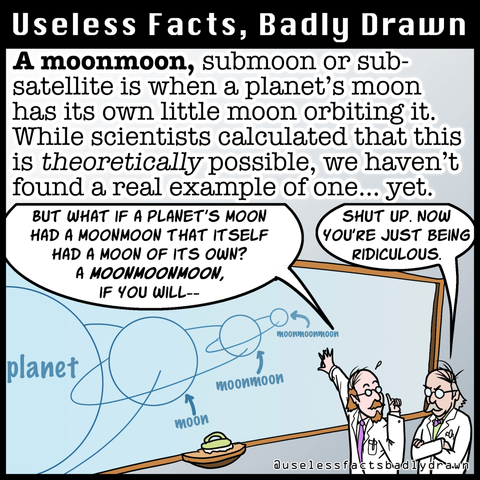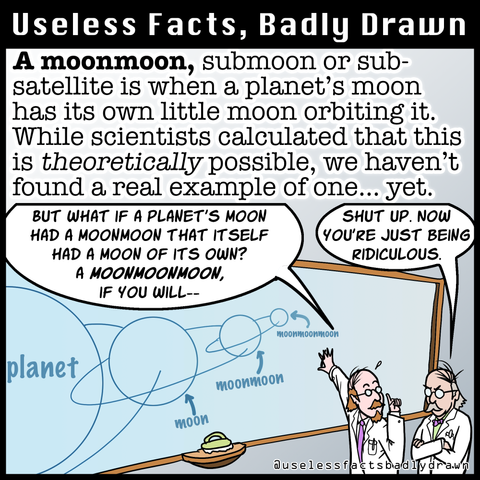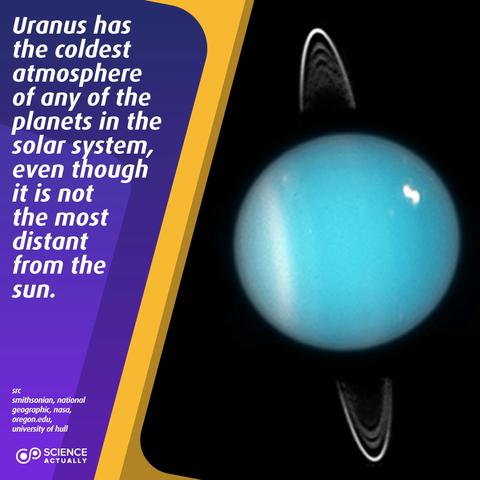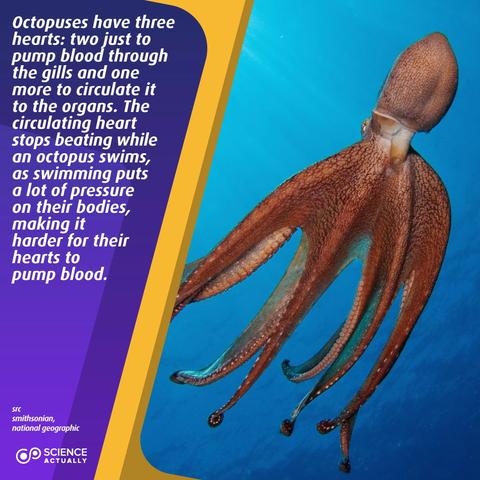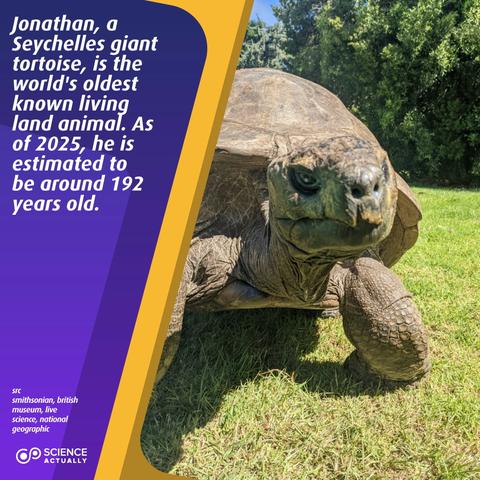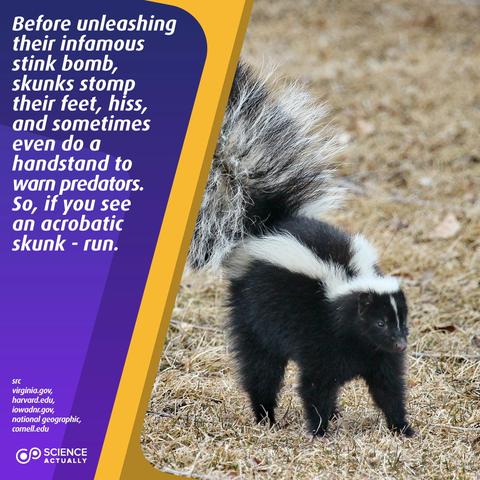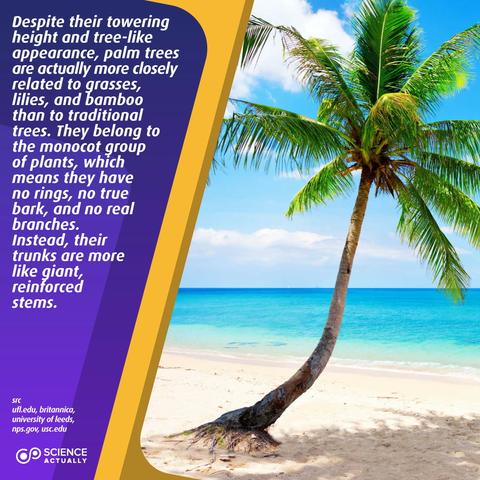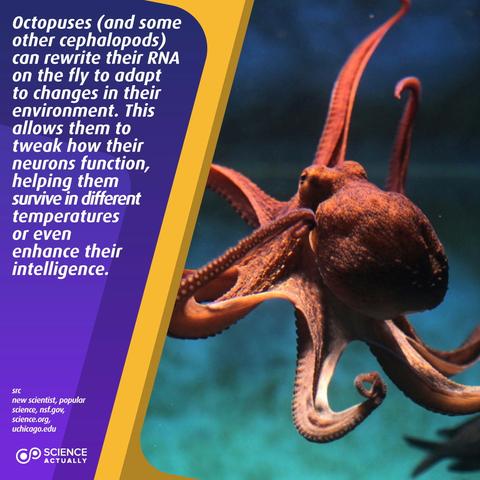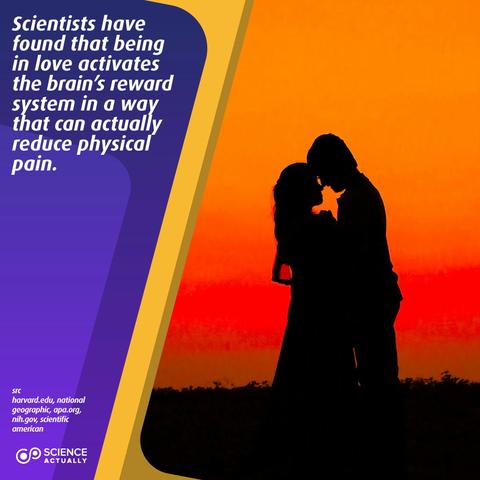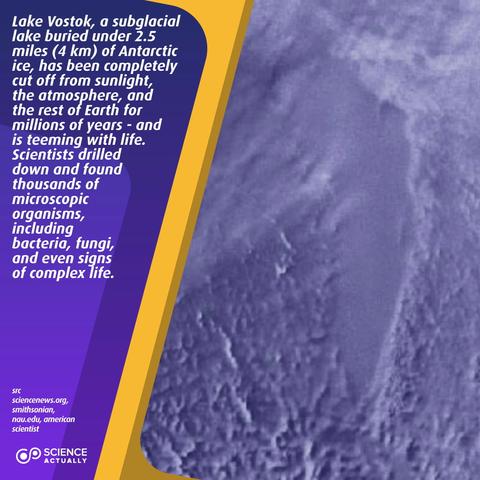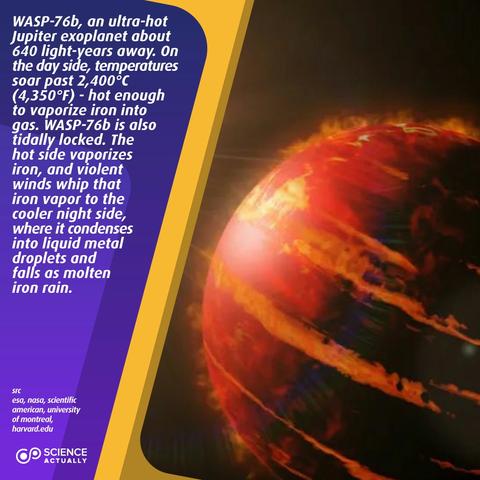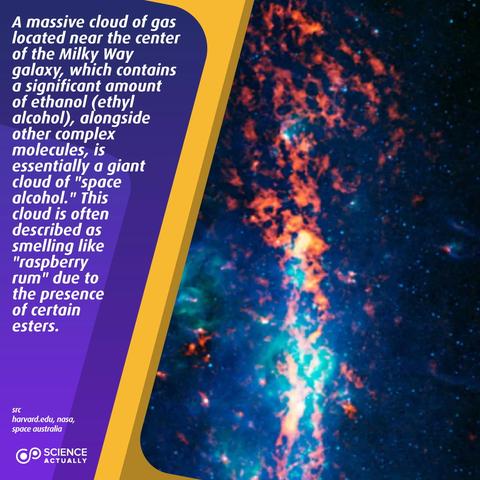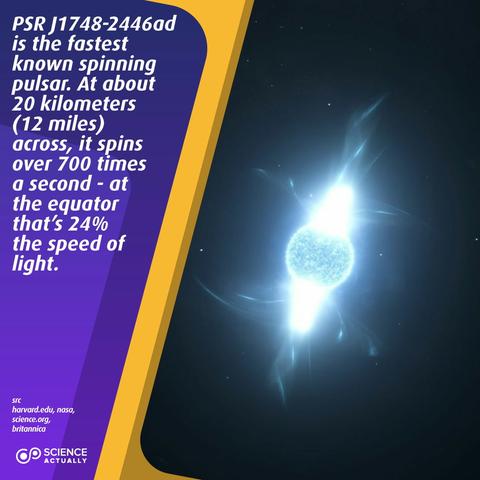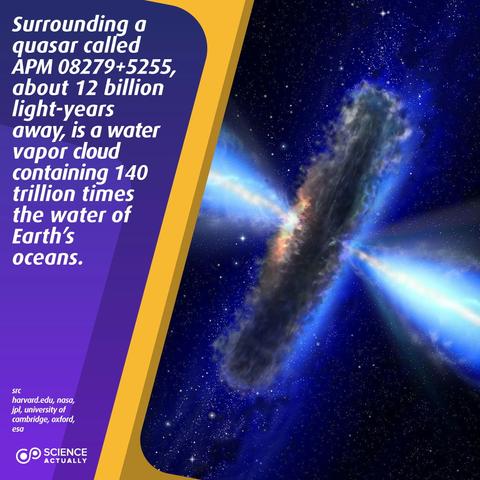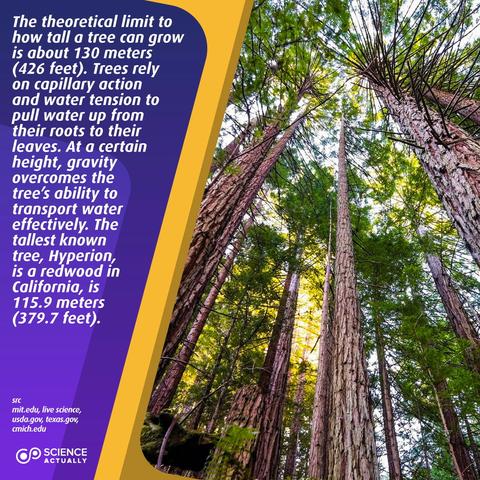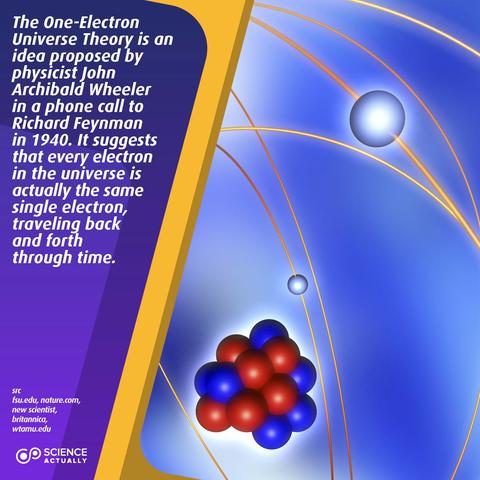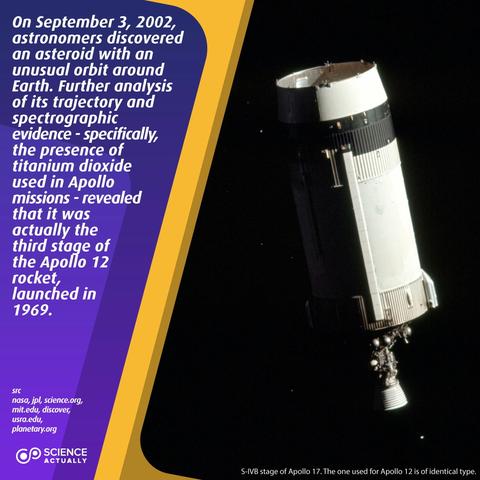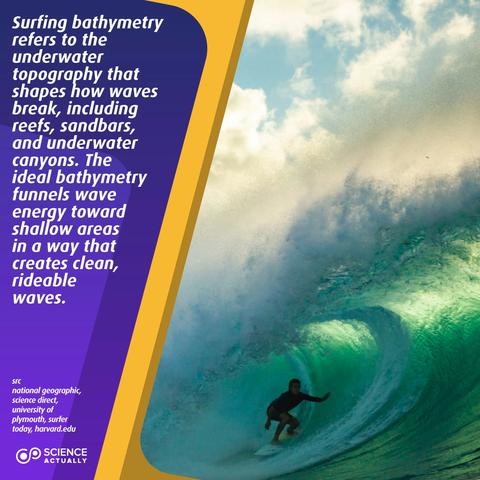This glass is radioactive. https://youtu.be/gwsGqx6hYw4?si=FfwNJUFNpiL3YItt via @YouTube #Radioactive #ScienceFacts #NuclearPhysics
Recent searches
Search options
#sciencefacts
.
.
#moons #moonmoon #moonlet #submoon #subsatellite #space #astronomy #planets #science #sciencefacts #recursive #strangebuttrue #wtf #webcomic #comics #uselessfacts #uselessfactsbadlydrawn
Useless Facts, Badly Drawn #421: Moonmoon.
.
.
#moons #moonmoon #moonlet #submoon #subsatellite #space #astronomy #planets #science #sciencefacts #recursive #strangebuttrue #wtf #webcomic #comics #uselessfacts #uselessfactsbadlydrawn
Uranus has the coldest atmosphere of any of the planets in the solar system, even though it is not the most distant from the sun.
Octopuses have three hearts: two just to pump blood through the gills and one more to circulate it to the organs. The circulating heart stops beating while an octopus swims, as swimming puts a lot of pressure on their bodies, making it harder for their hearts to pump blood.
Jonathan, a Seychelles giant tortoise, is the world's oldest known living land animal. As of 2025, he is estimated to be around 192 years old.
Before unleashing their infamous stink bomb, skunks stomp their feet, hiss, and sometimes even do a handstand to warn predators. So, if you see an acrobatic skunk - run.
Despite their towering height and tree-like appearance, palm trees are actually more closely related to grasses, lilies, and bamboo than to traditional trees. They belong to the monocot group of plants, which means they have no rings, no true bark, and no real branches. Instead, their trunks are more like giant, reinforced stems.
Thanks for sharing, David Z.!
Octopuses (and some other cephalopods) can rewrite their RNA on the fly to adapt to changes in their environment. This allows them to tweak how their neurons function, helping them survive in different temperatures or even enhance their intelligence.
Scientists have found that being in love activates the brain’s reward system in a way that can actually reduce physical pain.
Lake Vostok, a subglacial lake buried under 2.5 miles (4 km) of Antarctic ice, has been completely cut off from sunlight, the atmosphere, and the rest of Earth for millions of years - and is teeming with life. Scientists drilled down and found thousands of microscopic organisms, including bacteria, fungi, and even signs of complex life.
WASP-76b, an ultra-hot Jupiter exoplanet about 640 light-years away. On the day side, temperatures soar past 2,400°C (4,350°F) - hot enough to vaporize iron into gas. WASP-76b is also tidally locked. The hot side vaporizes iron, and violent winds whip that iron vapor to the cooler night side, where it condenses into liquid metal droplets and falls as molten iron rain.
A massive cloud of gas located near the center of the Milky Way galaxy, which contains a significant amount of ethanol (ethyl alcohol), alongside other complex molecules, is essentially a giant cloud of "space alcohol." This cloud is often described as smelling like "raspberry rum" due to the presence of certain esters.
PSR J1748-2446ad is the fastest known spinning pulsar. At about 20 kilometers (12 miles) across, it spins over 700 times a second - at the equator that’s 24% the speed of light.
Surrounding a quasar called APM 08279+5255, about 12 billion light-years away, is a water vapor cloud containing 140 trillion times the water of Earth’s oceans.
There’s a theoretical limit to how tall a tree can grow, and it’s about 426 feet (130 meters).
Why? Because trees rely on capillary action and water tension to pull water up from their roots to their leaves. At a certain height, gravity overcomes the tree’s ability to transport water effectively, causing water columns to break and leading to air bubbles (embolism) in their vascular system. The tallest known tree, Hyperion, is a redwood in California, is 379.7 feet (115.9 meters).
The stay apparatus is a system of muscles, ligaments, and tendons in horses that allows them to stand on three legs while resting the fourth. This unique adaptation helps horses sleep while standing up and reduces wear and tear on their legs.
The One-Electron Universe Theory is an idea proposed by physicist John Archibald Wheeler
in a phone call to Richard Feynman in 1940. It suggests that every electron in the universe is actually the same single electron, traveling back and forth through time.
On September 3, 2002, astronomers discovered an asteroid with an unusual orbit around Earth. Further analysis of its trajectory and spectrographic evidence—specifically, the presence of titanium dioxide used in Apollo missions—revealed that it was actually the third stage of the Apollo 12 rocket, launched in 1969.
Surfing bathymetry refers to the underwater topography that shapes how waves break, including reefs, sandbars, and underwater canyons. The ideal bathymetry funnels wave energy toward shallow areas in a way that creates clean, rideable waves.
Thanks for sharing, Olivia S.!



